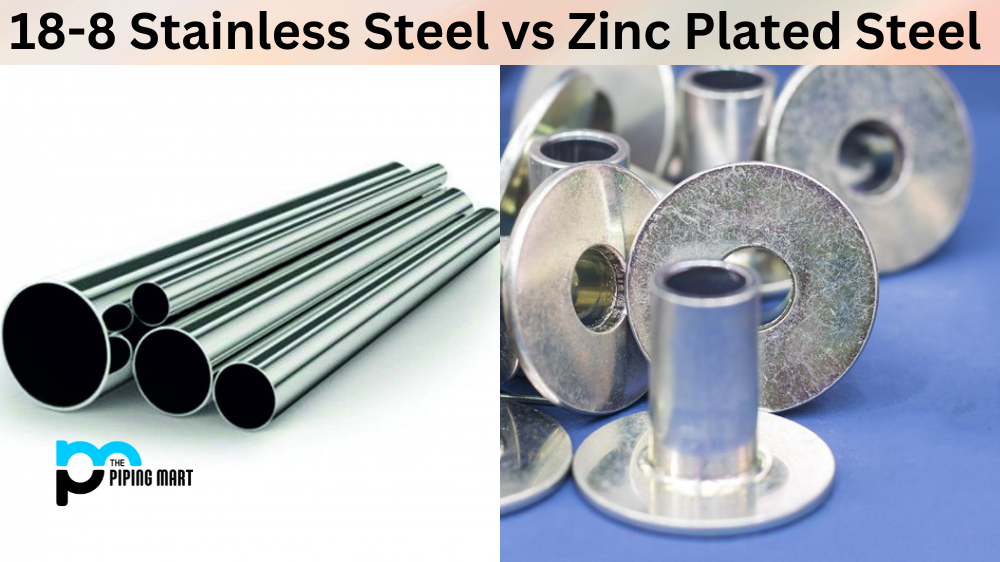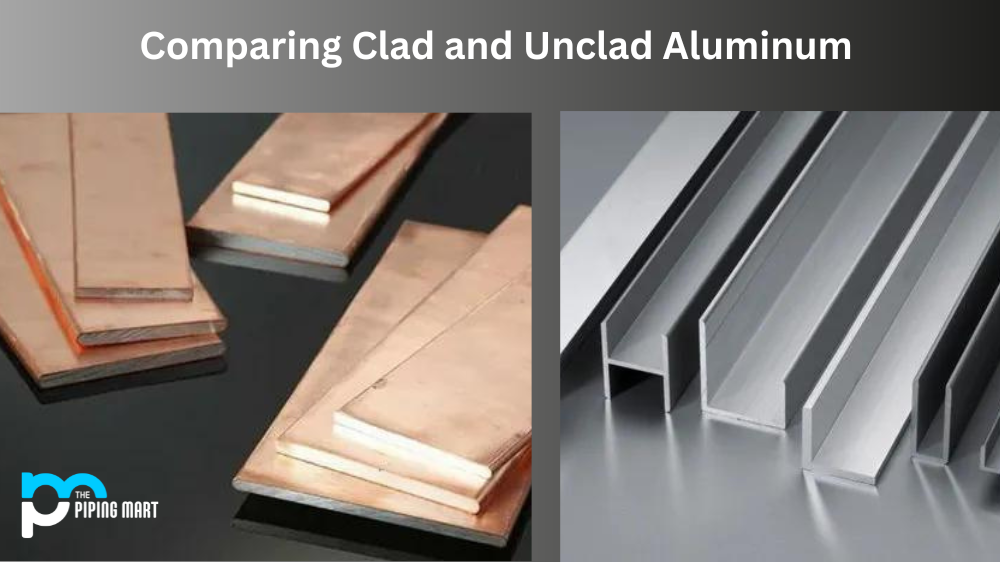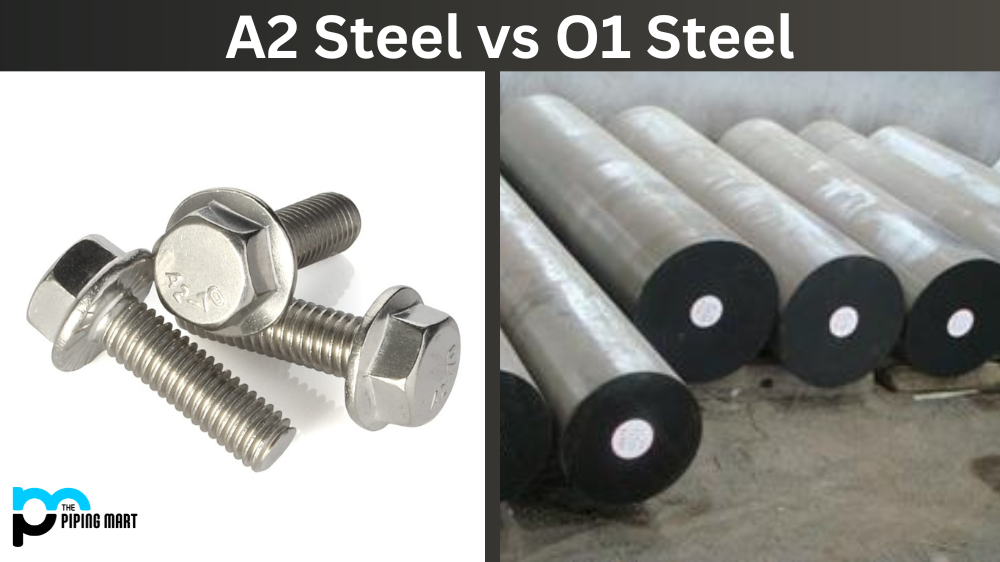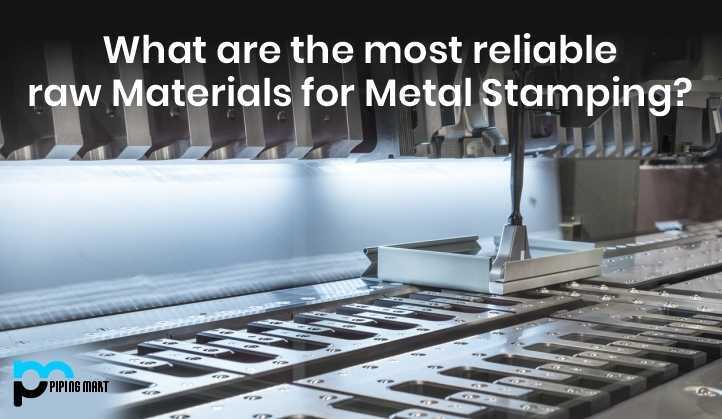Regarding building and construction, the choice of material couldn’t be more critical. That’s why many manufacturers find themselves asking, “What’s better, 18-8 stainless steel or zinc-plated steel?” While both materials have advantages, knowing their differences is essential to determine which is best for your project. This blog post dives into these two options’ characteristics and weighs the pros and cons.
What is 18-8 Stainless Steel?
18-8 stainless steel is a versatile, strong metal alloy of 18% chromium and 8% nickel. It provides excellent corrosion resistance, making it suitable for many different applications in the food processing industry. Additionally, it is easy to clean and maintain due to its naturally non-porous surface.
What is Zinc Plated Steel?
Zinc-plated steel is a type of metal coated with a thin layer of zinc to give it extra corrosion resistance. This layer helps prevent rust and makes the material more durable, increasing its lifespan significantly. Furthermore, zinc plating also acts as an insulator against electrical currents and can be used in applications where components must be electrically isolated.
Difference Between 18-8 Stainless Steel and Zinc Plated Steel
Composition
Let’s look at the composition of both materials. 18-8 stainless steel contains approximately 18% chromium and 8% nickel with a low carbon content. The added chromium and nickel elements make this alloy more corrosion-resistant and rust-resistant, improving its strength. On the other hand, zinc-plated steel is plain carbon steel coated with a layer of zinc metal. The zinc coating is a sacrificial layer that erodes over time to protect the underlying metal.
Durability
Regarding durability, 18-8 stainless steel is the clear winner. This alloy is resistant to corrosion, wear, and tarnish, making it an excellent option for outdoor projects. Zinc-plated steel, on the other hand, can rust over time, particularly if the zinc coating has worn off or been scratched off.
Cost
The cost of materials can significantly impact project budgets, making it an essential consideration. Zinc-plated steel is more affordable than 18-8 stainless steel. However, the lower cost comes with a trade-off. Due to its properties, zinc-plated steel has a shorter lifespan than stainless steel.
Applications
The choice between 18-8 stainless steel and zinc-plated steel often depends on the type of application. As a more durable option, 18-8 stainless steel is an excellent choice for marine and high-moisture environments, such as swimming pools. It is also ideal for food processing equipment and medical applications due to its non-reactive properties. Zinc-plated steel, on the other hand, is often used for indoor projects like fasteners, hinges, and brackets.
Conclusion
In summary, 18-8 stainless steel and zinc-plated steel have advantages and disadvantages, and the specific project requirements often determine the choice between them. While 18-8 stainless steel is sturdy and rust-resistant, it comes at a higher cost, making it suitable only for high-performance environments. On the other hand, zinc-plated steel is more affordable but is prone to corrosion, making it unsuitable for outdoor environments and marine applications. Therefore, it’s up to the project’s requirements to determine the suitable material.

A passionate metal industry expert and blogger. With over 5 years of experience in the field, Palak brings a wealth of knowledge and insight to her writing. Whether discussing the latest trends in the metal industry or sharing tips, she is dedicated to helping others succeed in the metal industry.




